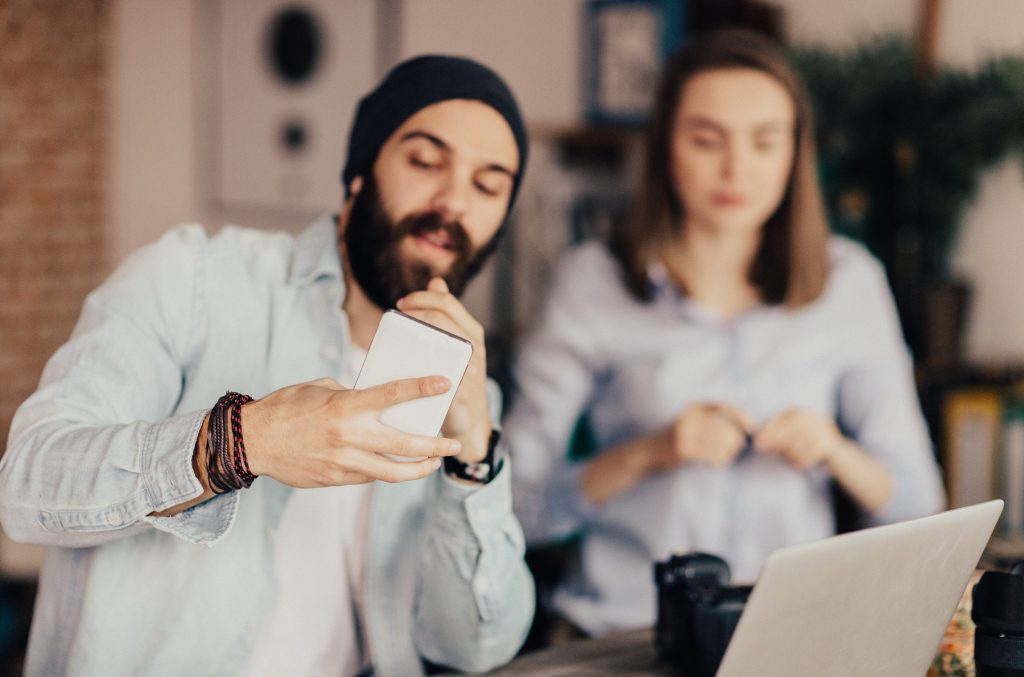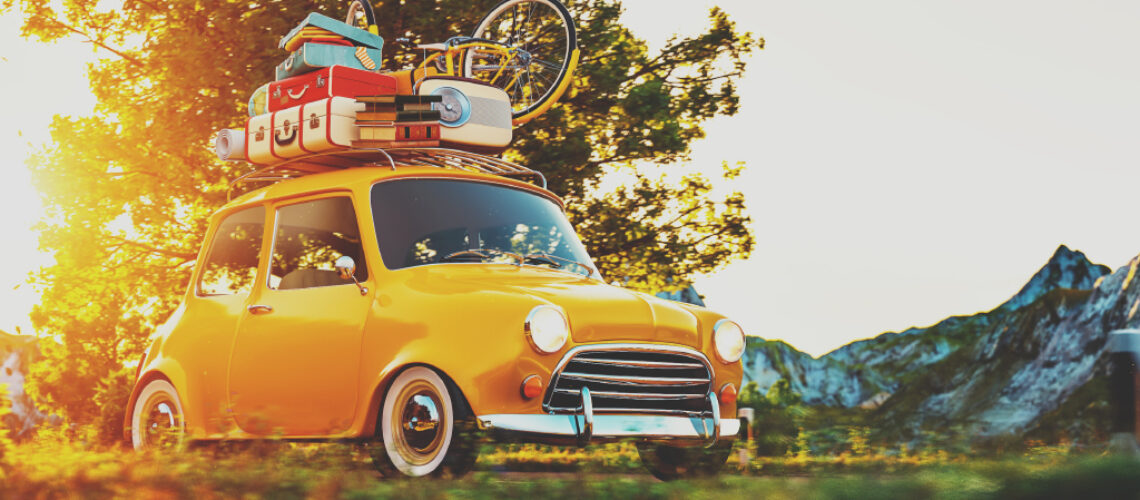Berlin, 18.07.2017: It’s holiday time. And that means a lot of what is seen and what is experienced is about to be captured by holiday photographers. Holiday photos are not just taken for personal enjoyment, but also some are intended to be used commercially. Because of this, a lot of travellers are on the hunt for the perfect holiday snap. But be warned – different countries, different rules! Soon after their trip, a lot of photographers can get in trouble for not having the proper permission to use their perfect holiday photos. Copytrack have put together the five most important tips that any on-the-go photographer needs to pay attention to!
Tip One “Permission is best: When photographing individuals”
It doesn’t matter if you’re snapping the holiday makers of Italy or even those hiking in the Carpathian Mountains. In Europe everyone has the right to private and personal life according to The European Convention of Human Rights (ECHR). Meaning photos that are defamatory towards the individual in public places or in situations where an individual has reasonable expectation of privacy cannot be made public without their consent. However, the meaning of “Public Places” can vary. Fundamentally, you should always ask for permission before taking a holiday snap – and that’s worldwide.

Tip Two "Caution when taking pictures of children"
You have to be extra careful when you want to photograph minors. If you want to reproduce the photo or use it commercially the permission of the parents is needed. You also have to ask the boy or girl for their consent. This applies when he or she is seven years or older and can be legally allowed to make decisions. A court in the UK decided that a publicly made image of a child could interfere with their private life when used without permission, even when the parents are part of the image.
Tip Three "Attention: Not every tourist attraction can be photographed"
Whoever happily clicks the camera freely should actually inform themselves of which sites are forbidden to be photographed. Photos of the Eiffel Tower for example can’t be shared when it’s lit up, as the light installation is legally protected. Here, the so-called “Freedom of Panorama” applies that allows photographers to take pictures in public places. The freedom of panorama varies country to country, so it’s always best to check the country’s rules before travelling. Each country also has special regulations. In many museums photos are forbidden, like the Van-Gogh-Museum in Amsterdam, as well as similar sites such as the Sistine Chapel. So keep it in mind to ask before getting the camera out. Military sites are also very well protected. No photos can be taken of army barracks or general military places. In Russia, photos of train stations and airports are a taboo for instance.
Tip Four "Be aware of Islamic image prohibition"
You should inform yourself before travelling to a Muslim countries because the Aniconism in Islam forbids photographic representation of people or animals. The interpretation of the forbidden photos differs strongly between each individual land and region – from a complete refusal to a restricted approval. Even if the ban isn’t everywhere, before you take any photographs, you should always have the rules in the back of your mind, and ask before taking any photos. Also, be aware: It is not allowed in Arabic countries to take photos of the Imperial Palace as well as the Imperial Family itself.
Tip Five "Hold the trigger before snapping your holiday treat"

The freshly caught fish is arranged beautifully on the plate, the cocktail is a work of art, the tortillas looks delicious. It’s already clear that these photos are going to be uploaded to social media quickly, to make anyone left at home jealous. However, that can cause some trouble! First, because it can be forbidden when it is lavishly displayed. That’s because the cook is the copyright holder of the artwork. You can photograph the art and share it on your social media, but only with the chef’s approval. And secondly, due to their code of conduct, it can be forbidden to take photographs in restaurants. In this situation the camera would be better off staying in your bag.
© COPYTRACK | Andrea Feustel

